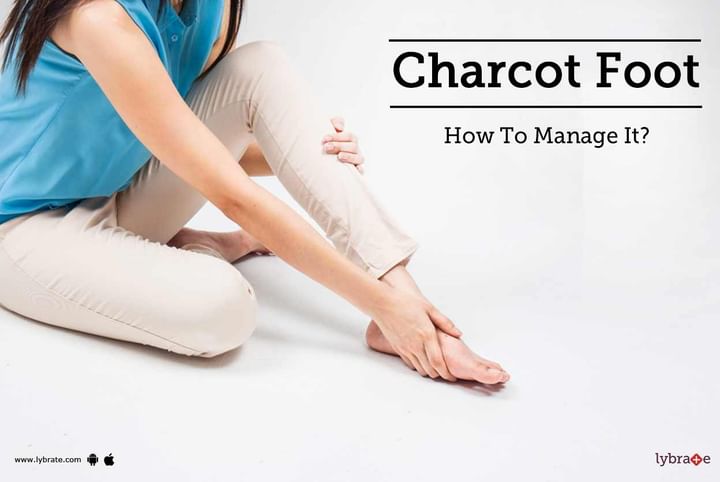Charcot Foot - How To Manage It?
Charcot foot is a rare complication of diabetes. It usually affects diabetics with peripheral neuropathy. Charcot affects the joints, bones and soft tissues of the ankle or foot. This causes the bones to become brittle and fragile, and the joints to become dislocated. Over time, the foot joints collapse and become deformed.
What causes Charcot foot?
The following conditions/factors may cause Charcot foot to develop in individuals –
-
Spinal cord injury/disease
-
A fracture or sprain that does not heal quickly
-
A footsore that refuses to heal
-
An infection
As these problems start to show up, the patient may not be aware that the foot is hurt because of nerve damage – a complication common in diabetic mellitus patients – that keeps you from feeling or sensing any pain.
What are the symptoms?
Although you might not be able to feel the pain due to loss of sensation, you are likely to notice the following symptoms if you have Charcot foot –
-
Swelling in the ankle or foot
-
The foot/ankle may appear reddish
-
Feels warm to the touch
Watch out for the early signs of the condition. It is advisable that you get yourself diagnosed for Charcot foot upon identifying the above symptoms.
Diagnosis of Charcot Foot
Lab tests and X-ray are usually used to detect Charcot foot. Your doctor will carefully examine the foot and go through your medical history to check if you have diabetes.
After confirming the diagnosis, the doctor will decide on the line of treatment depending on the severity of the condition.
Treatment/Management
The goal of Charcot foot treatment is to heal fractured bones and prevent deformity and further damage to the joints.
Non-surgical treatment involves –
-
Casting – In the initial stage, a cast boot or cast protects the ankle and foot. It is an effective method of managing the symptoms of Charcot foot. The cast helps reduce swelling and acts as a shield to the bones.
-
Custom Shoes – A custom shoe or diabetic shoe is recommended once the initial swelling has reduced and the bones have fused together. The shoe is specially designed to reduce the risk of foot sores/ulcers.
Surgery is recommended if the foot deformity increases one’s likelihood of getting ulcers, or if the specialized shoe wear is not effective. The surgeon will fuse or align bones to stabilize the foot. He might also level sharp bones that could cut into the skin of your foot and cause ulcers.
There are other ways to manage Charcot foot.
-
Do not put too much weight on the injured foot
-
Wash your feet daily
-
Always wear shoes and socks
-
Get regular checkups with a specialist who treats diabetic foot problems
Follow the doctor’s instructions to ensure the best outcome from treatment. Patients with Charcot foot must inspect both their feet carefully on a daily basis. You should also work to keep your blood sugar levels under control to avoid complications.



+1.svg)
